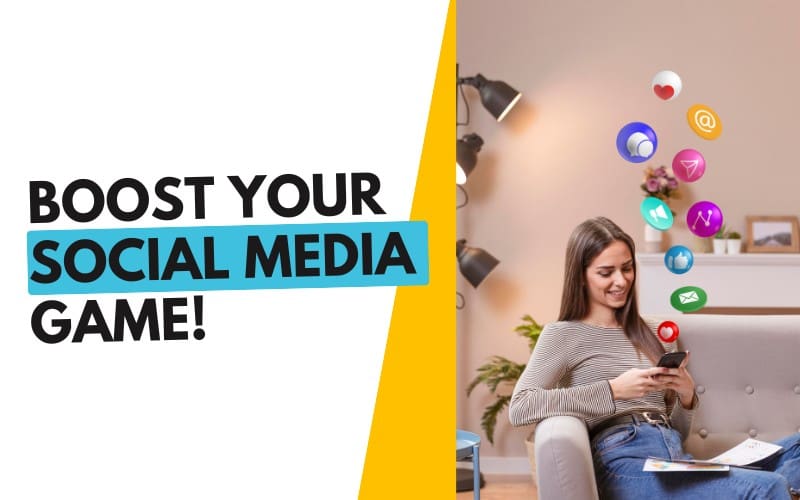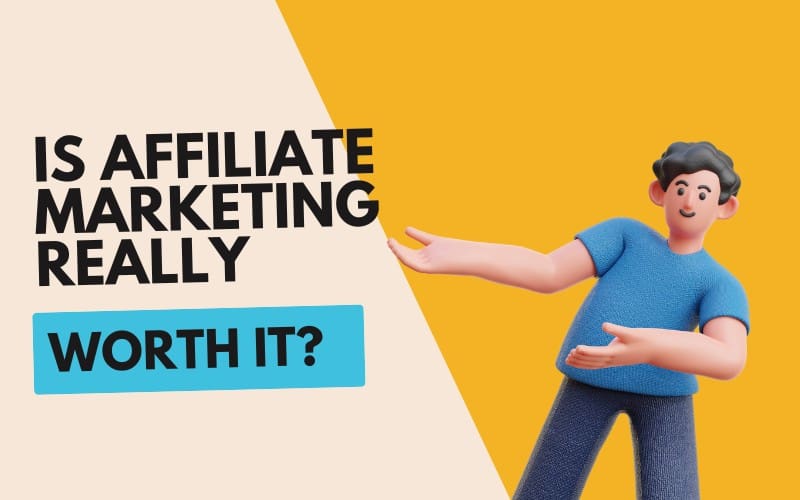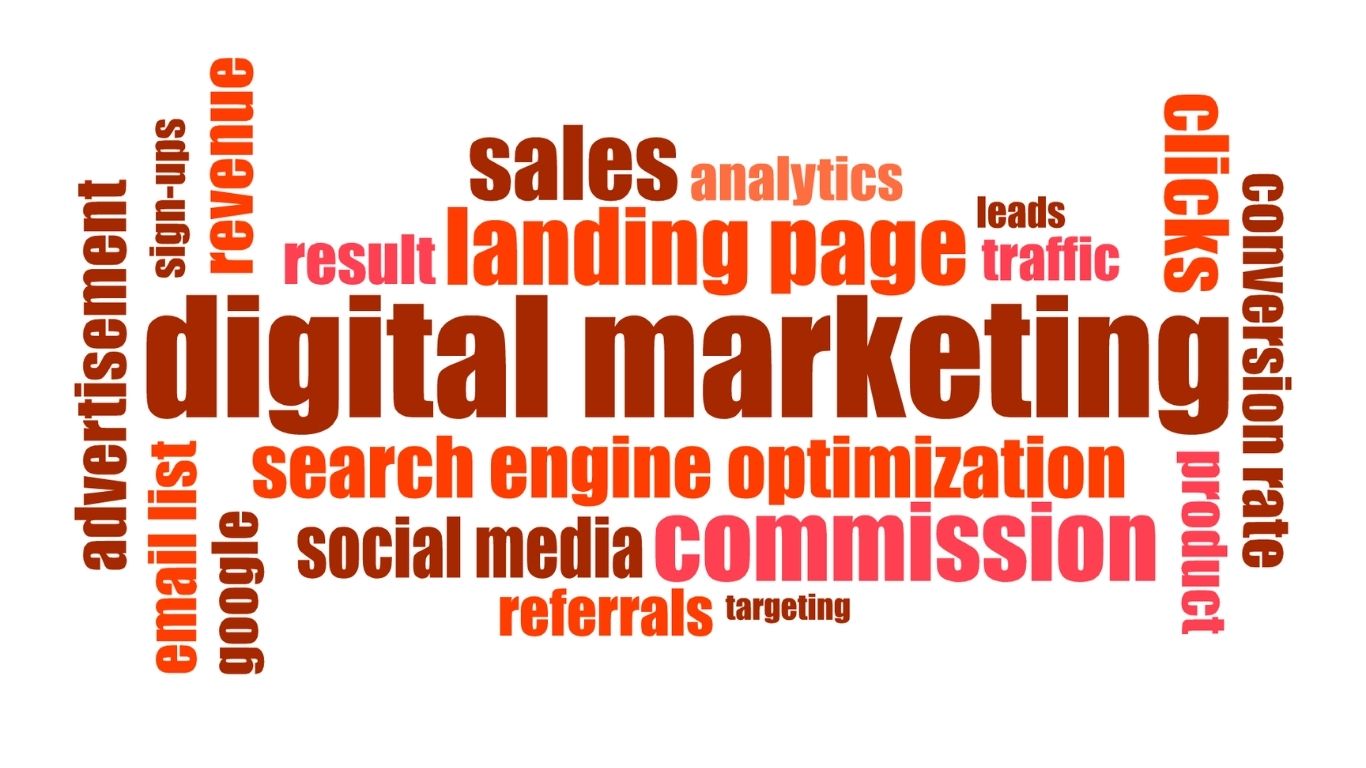This world is like a massive digital playground where billions of people gather every single day, sharing stuff and watching things. That’s where digital marketing steps in it’s like when companies try to catch your eye and get you interested in what they’re offering or talking about.
Datareportal finds that around 5.64 billion people use the internet regularly. That’s a crazy number! And get this, on average, people spend about 7 hours a day online, checking out all sorts of stuff. So, digital marketing is how companies try to be noticed in this huge online crowd.
You know those ads that seem to know exactly what you like? Well, companies look at what you do online to show you things they think you might be interested in. They do this because they know that when things feel personal, you pay more attention. It’s like when your friend recommends something they know you’ll love.
But it’s not just about ads. It’s also about telling cool stories and making you feel something. You know those videos that make you laugh or that touch your heart? That’s what companies want to do, they want you to feel something real about what they’re all about.
Behind all the numbers and high-tech stuff, Digital marketing is really about people. It’s about understanding what you like and what matters to you. Brands want to be like your buddy in this digital world, not just some company trying to sell stuff. So, let’s take a closer look at the 4 major types of digital marketing and how they work.
1. Search Engine Optimization (SEO)
Ever wonder how some websites always pop up first when you search for something online? That’s the magic of SEO – Search Engine Optimization.
About 75% of people never scroll past the first page of search results. Most people stick to what they see first. That’s where SEO comes in like a superhero, helping websites get noticed and climb up those search result rankings.
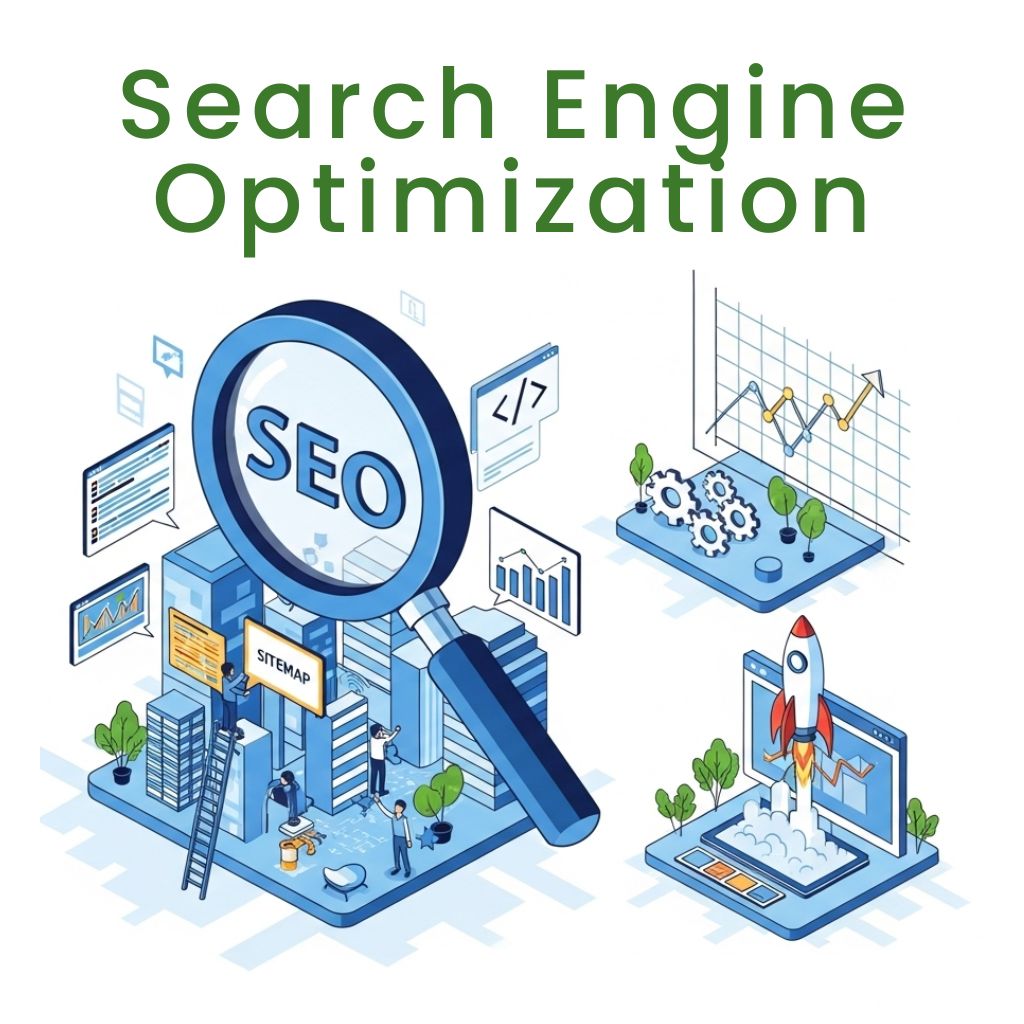
Key Features
So, what are the benefits of SEO?
Getting Seen
Imagine having a super cool business, but it’s hidden in someplace where no one goes. This exactly sounds like a website without SEO implementation. SEO helps your website show up when people search for things related to what you offer.
More Visitors
When your website shows up higher in search results, more people visit. About 33% of clicks go to the very first result, so being higher in the SERPs means you’re a traffic magnet!
Building Trust
When your website shows up higher, people trust it more. About 75% of users believe that companies that appear at the top of search results are more trustworthy.
SEO might sound a bit technical, but it’s like making sure your shop is in the busiest part of town where everyone can find it.

2. Content Marketing
You might not know the term, but you experience it every day. It’s all about those fun videos, helpful articles, or social media posts that make you go, “Hey, that’s interesting!”
Now, here’s a wild fact: Did you know that about 90% of people find custom content useful? Yep, that’s right! People love it when brands give them something valuable, like tips, stories, or entertaining stuff, instead of just trying to sell things all the time. It’s like when your favorite blog teaches you a new recipe or a YouTube video shows you how to fix something, it’s helpful and makes you want to stick around.
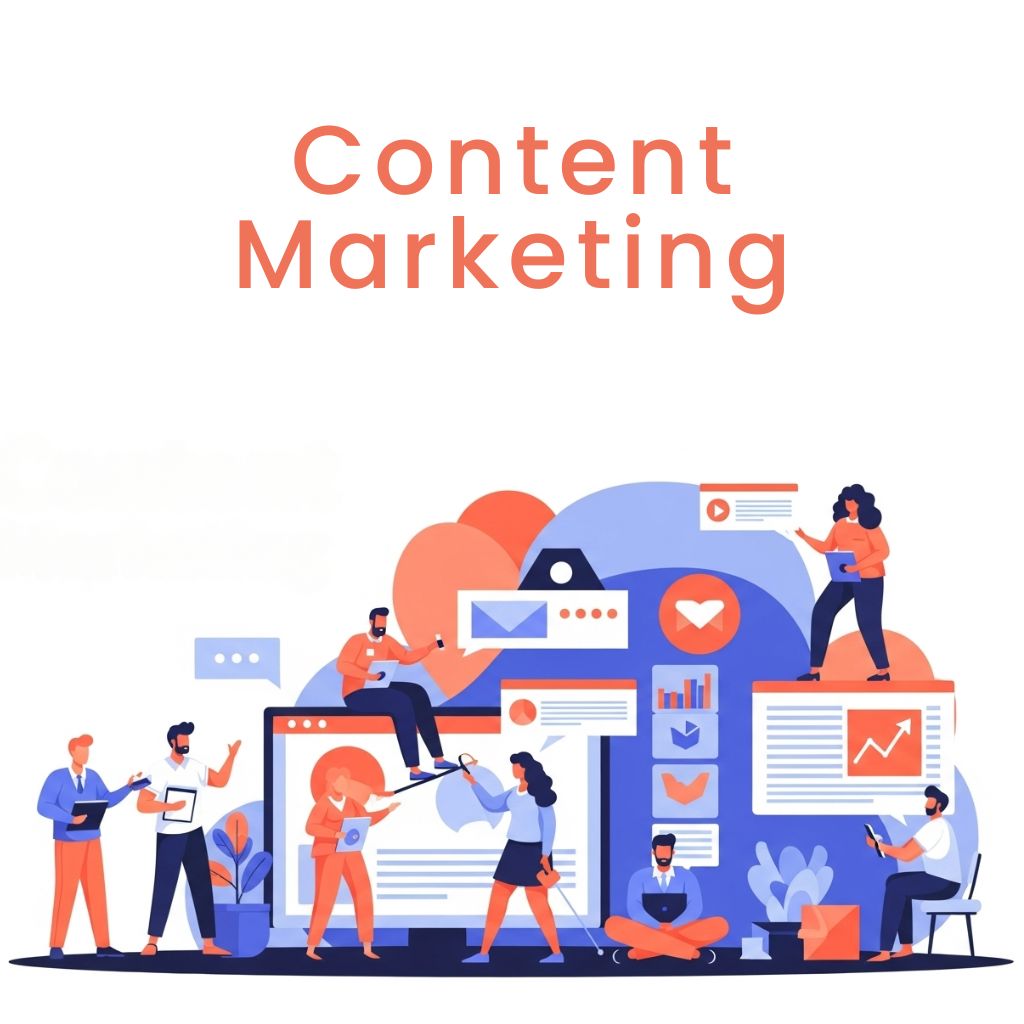
Key Features
So, here’s why content marketing rocks:
Building Trust
Approximately 70% of people say content marketing makes them feel closer to a brand. It’s like the brand becomes a buddy, not just a seller.
More Leads for Small Businesses
Small businesses that use blogs get about 126% more leads than those that don’t. That’s a game-changer! When they share useful stuff, people start to notice and trust them more. It’s like saying, “We’re not just here to sell; we’re here to help and connect.”
Friendlier Connection
Content marketing is like having a friendly chat instead of someone yelling, “Buy this now!” Brands get to connect with you in a more relaxed way. For example saying, “Hey, we get you. Let’s hang out and talk about things you like.”
So, content marketing isn’t just about selling things; it’s about building real connections and making your online experience way more interesting!
3. Social Media Marketing (SMM)
Social media marketing means showing off your brand using platforms like Facebook, Twitter, and Instagram. It’s about getting noticed and making connections online. Businesses use social media to let people know what they’re offering.
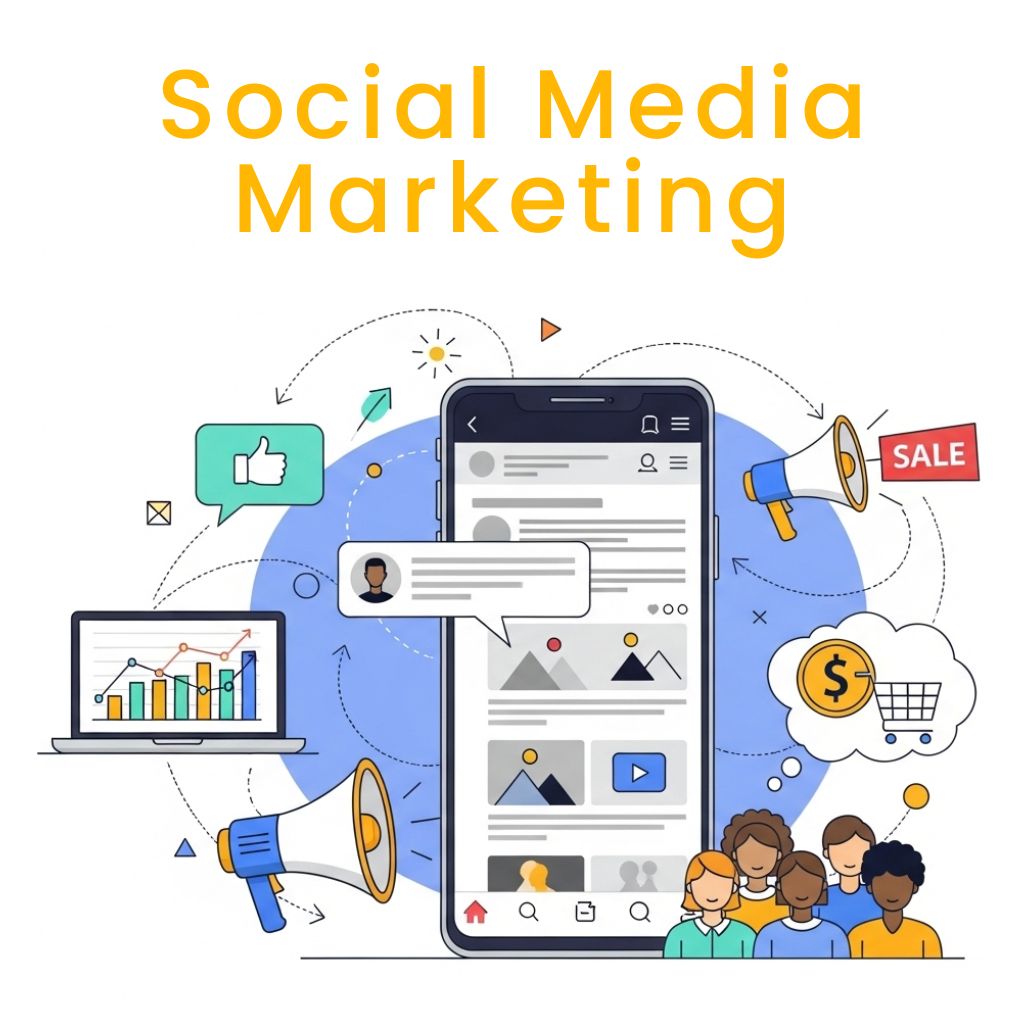
Key Features
Social Media Marketing offers several benefits to businesses:
Engagement and Community Building
Brands can directly connect with their audience, starting conversations, replying to their comments and sharing relevant content. This engagement can build a loyal and supportive community around the brand.
Targeted Ads
Social media platforms provide tools to target specific demographics based on interests, behaviors, and demographics.
Cost-Effective Marketing
Unlike traditional advertising methods, social media marketing can be more cost-effective. It allows businesses to reach a larger audience with a smaller budget, especially when considering paid advertising options on these platforms.
4. Email Marketing
Sending emails to customers’ inboxes is a way for businesses to share news, promotions, and helpful info directly with people who are interested in what they offer. Businesses can personalize these emails based on what customers like or what they’ve shown interest in before. It’s like sending a message that feels just right for each person.
Over 90% of the people surveyed believe that email marketing plays a vital role in their company’s overall success.
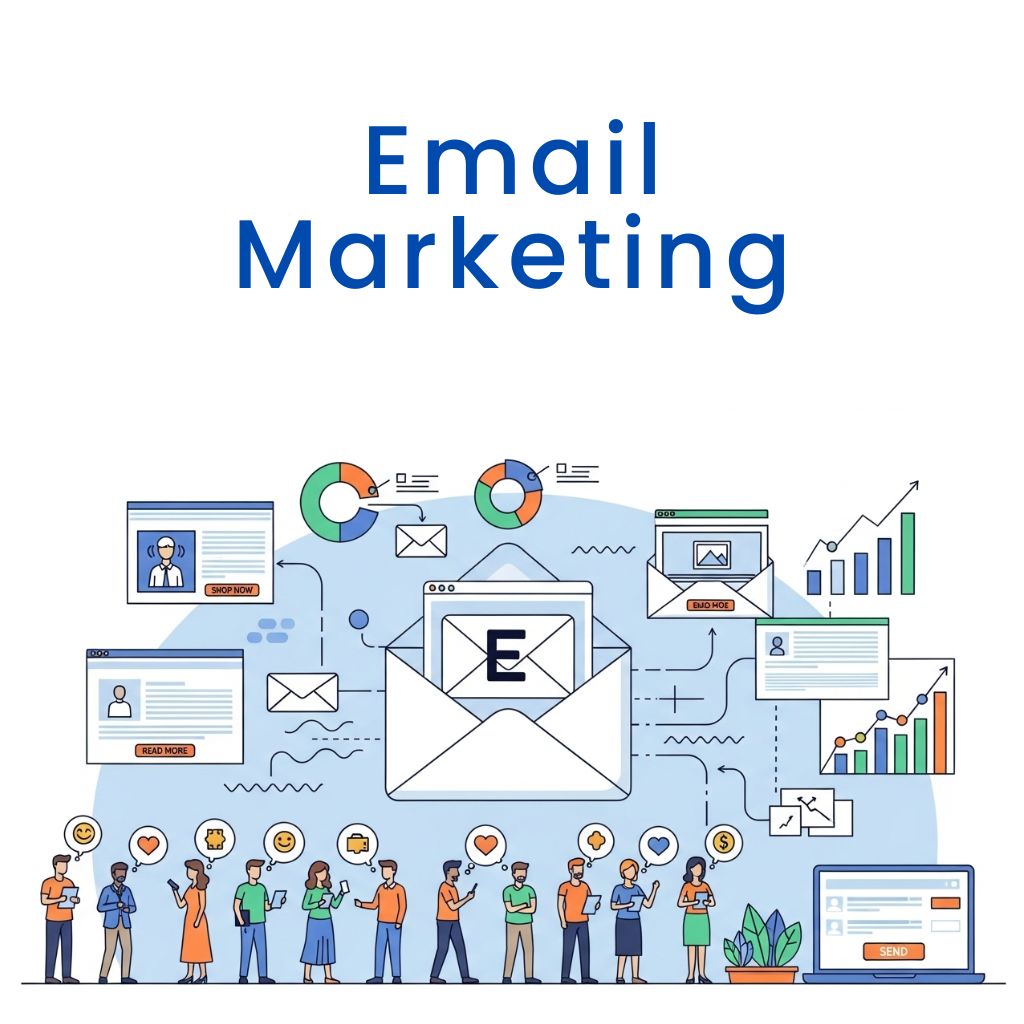
Key Features
Here are some cool benefits of Email Marketing for you:
Measurable Results
Businesses can track open, click-through rates, and conversion rates.
Brand Awareness
Regular emails keep a brand in the minds of customers. Even if recipients don’t make immediate purchases, they are more likely to remember and consider the brand when they need related products or services.
Cost-Effective
Compared to traditional marketing, email marketing is more cost-effective. It allows businesses to reach a large audience with minimal expenses, especially considering the potential return on investment.
Conclusion
So, digital marketing in a nutshell is about using different tools to connect with people online. SEO helps websites get noticed, content marketing shares amazing stuff, social media is where brands can interact with you, and email feels like a personal message. These methods help businesses make friends with their audience and share helpful things. Understanding and using these digital tools can help brands grow and make meaningful connections in this vast online world.
Start Your Digital Marketing Journey Today!
FAQs
What is the digital marketing strategy?
A digital marketing strategy is a carefully planned approach that outlines how a business will use online channels like search engines, social media, email, and content to reach its target audience. It defines goals, trends, selects the right tools, and maps out how to engage potential customers and turn them into loyal ones.
What is PPC in digital marketing?
PPC stands for Pay-Per-Click. It’s a type of online advertising where businesses pay a fee each time someone clicks their ad. These ads usually appear on search engines or social media platforms. It’s a fast way to drive (paid) traffic to a website, especially when targeting the right keywords and audience.
What are the key components of a successful digital marketing strategy?
A winning digital marketing strategy typically includes:
– SEO to improve visibility
– Content marketing to inform and engage
– Social media marketing to connect with audiences
– Email marketing to nurture leads
– Analytics to track and optimize performance
These components work together to build brand awareness, generate leads, and drive conversions.
What is something that is not considered a type of digital marketing?
Traditional advertising methods like billboards, radio ads, or print media are not considered a type of digital marketing. While they still serve a purpose, they fall under offline marketing.




